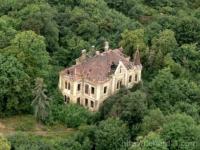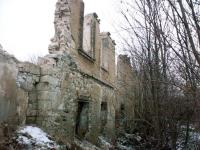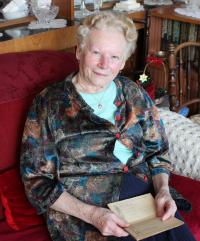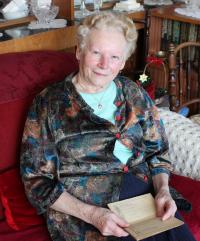I was the only child in the world who witnessed it. No one else could get there.

Stáhnout obrázek
Emilia Gáboríková was born on June 11, 1933 in Hriňová. Her father, Mikuláš Nosáľ, used to organise groups of people who wanted to leave for the Reich and to work there in agriculture since 1941. One group arrived in Pfaffenhof homestead near the town of Litoměřice in March 1943. Emilia witnessed the construction of the underground production site called „Richard“, which was built mainly by prisoners from the Theresienstadt concentration camp. The group stayed in the village of Mlékojedy near Litoměřice up until the end of the war. They saw the German citizens escaping to the American zone. Emilia also witnessed an arrival of the Soviets and their rampage. Finally, the whole group managed to come home to Hriňová village in May 1945 after a 14-day journey.



